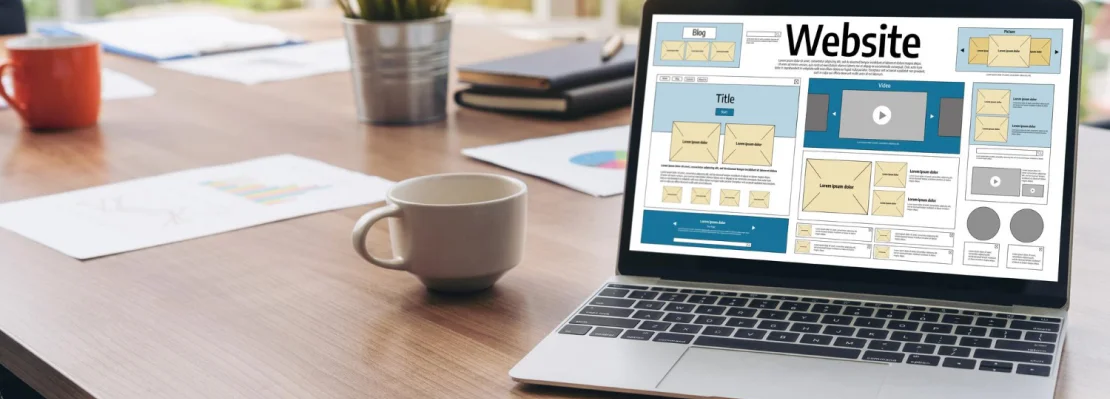
Ensuring that your website is accessible to all users is not only a legal responsibility but a moral one. An accessible website enhances user engagement, opens your business to a wider audience, and builds trust with customers. But the importance of accessibility goes beyond compliance—it impacts your site’s overall usability, increasing traffic and improving user experience for everyone.
This blog will explore best practices for website accessibility, focusing on how businesses can design inclusive websites that cater to all users, including those with disabilities. By implementing these strategies, you’ll create a more welcoming environment, increase user satisfaction, and avoid potential legal issues.
Why Website Accessibility is Crucial
Website accessibility ensures everyone, including people with disabilities, can use and engage with your site. By making your website accessible, you offer equal opportunities for all users to access information and make purchases.
Accessibility also helps improve your site’s SEO, as many accessibility features, like alt text and clear navigation, align with SEO best practices, driving more organic traffic.
Ignoring accessibility risks alienating potential customers and can lead to legal consequences. Laws like the ADA, Equality Act, and WCAG standards require websites to be inclusive for everyone.
How Not Having an Accessible Website Can Hurt Your Business
An inaccessible website can do more harm than you might think. Not only does it exclude a substantial portion of potential users, but it also directly impacts your conversion rates. When users with disabilities encounter barriers on your site—like unreadable text, complex navigation, or videos without captions—they are likely to leave, resulting in lost revenue.
Additionally, accessibility issues can lead to negative brand perception. As inclusivity becomes more of a cultural priority, customers expect businesses to take active steps toward making their online platforms welcoming to all. A lack of accessibility can lead to poor word-of-mouth and even legal repercussions, especially as high-profile lawsuits around website accessibility continue to rise.
How a Accessible Site Increases User Engagement

A website that’s accessible ensures that all users, regardless of how they interact with the internet, can have a positive experience. This, in turn, enhances user engagement. When a site is designed with accessibility in mind, users stay longer, explore more pages, and are more likely to convert. Features like easy navigation, scalable text, and keyboard functionality allow users with disabilities to interact with your website without frustration.
Moreover, an accessible site builds trust. When users find your website easy to use, they’re more likely to return and recommend your business to others. Not only does this create a positive customer experience, but it also results in higher conversion rates and overall sales.
Best Practices for Website Accessibility
Here are some key steps you can take to ensure your website is accessible:
- Descriptive Alt Text for Images: Alt text allows screen readers to describe images to visually impaired users. Providing clear, descriptive alt text ensures these users understand the context and relevance of your visual content.
- Keyboard Navigation: Ensure that all interactive elements, like buttons, links, and forms, can be navigated using just a keyboard. This is crucial for users who rely on keyboards instead of mice due to motor disabilities.
- High-Contrast Colors: Use color combinations with high contrast to ensure readability for users with visual impairments or color blindness. Tools like color contrast checkers can help you meet the required standards.
- Captions and Transcripts for Multimedia: Provide captions for videos and transcripts for audio content to make them accessible to users with hearing impairments. This not only helps with accessibility but also improves SEO.
- Clear and Consistent Navigation: Ensure your website has a clear structure with consistent navigation patterns. Avoid complex menus and ensure all content is easy to find and access.
 Example of MAKDigital’s Alt Tags
Example of MAKDigital’s Alt Tags
Tools to Help with Website Accessibility
There are numerous tools available to help you implement and maintain accessibility features on your website. Tools like WAVE and Axe can identify potential accessibility issues on your site and offer actionable solutions. These tools scan your website and provide reports on how to improve accessibility in areas such as alt text, form labels, and keyboard navigation.
Conclusion
Designing an accessible website is no longer a “nice-to-have”—it’s a necessity. From enhancing user engagement to complying with legal requirements, accessibility should be at the forefront of any web development strategy. By following best practices, businesses can create an inclusive environment that benefits all users while improving their reputation and increasing conversions.
Investing in accessibility is an investment in your business’s long-term success. It ensures your site is welcoming to all, regardless of ability, and opens the door to a larger audience. Now is the time to make your website accessible, so you can create a more inclusive and successful digital space for everyone.

 Eashan Mehta
Eashan Mehta




